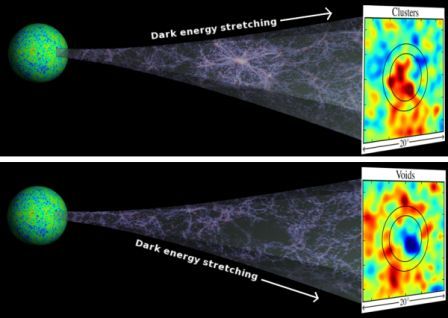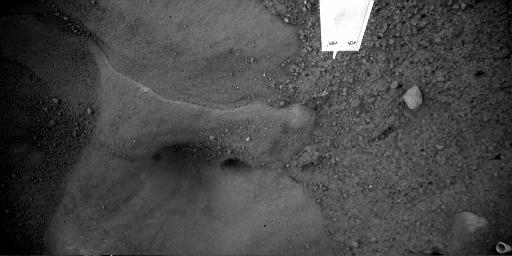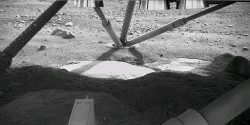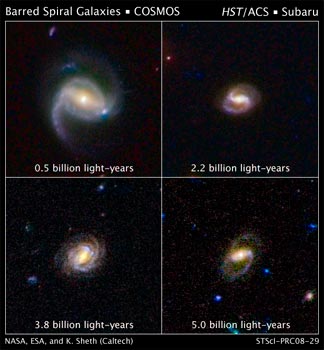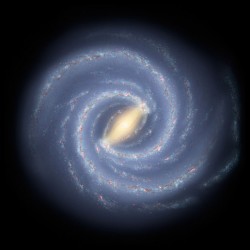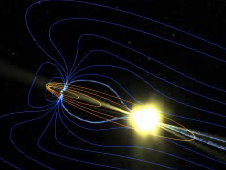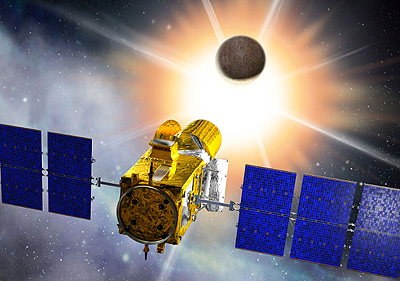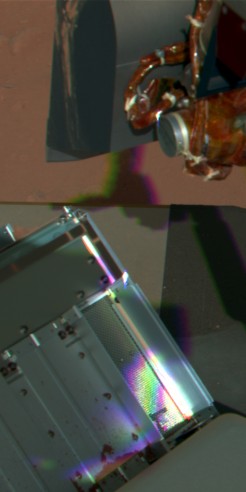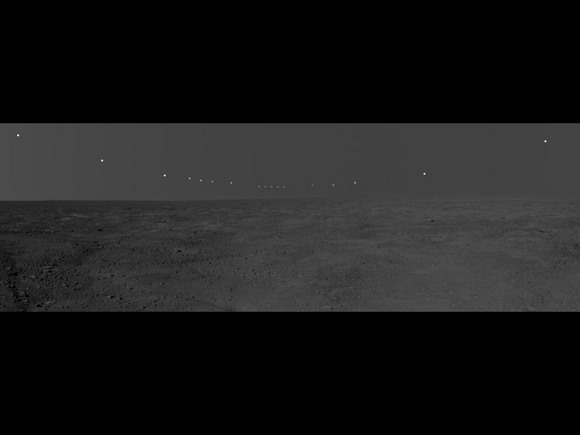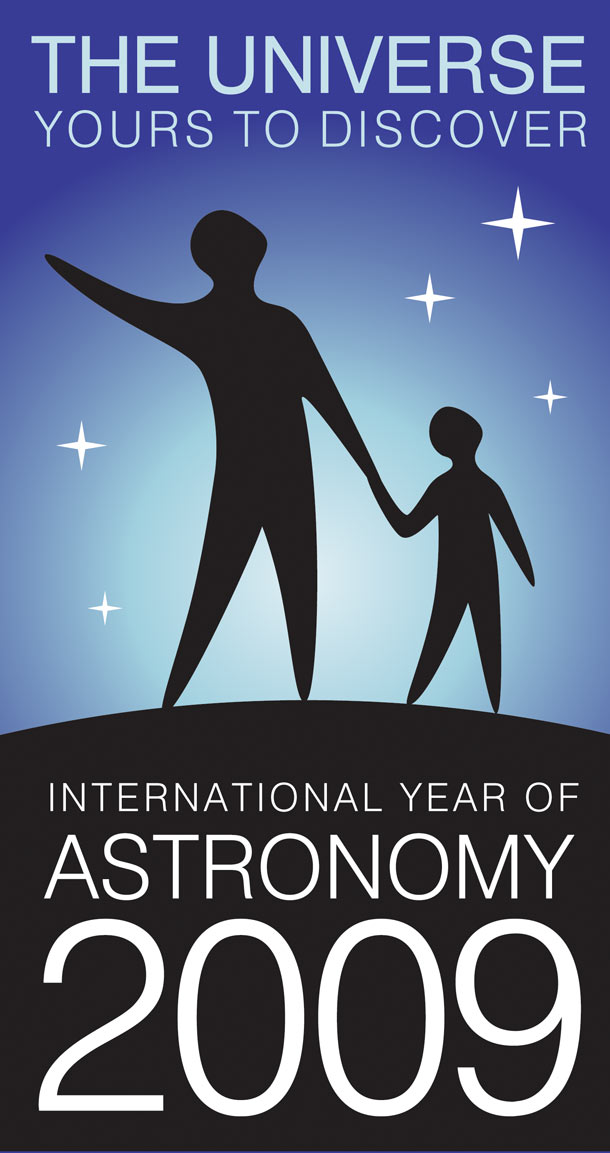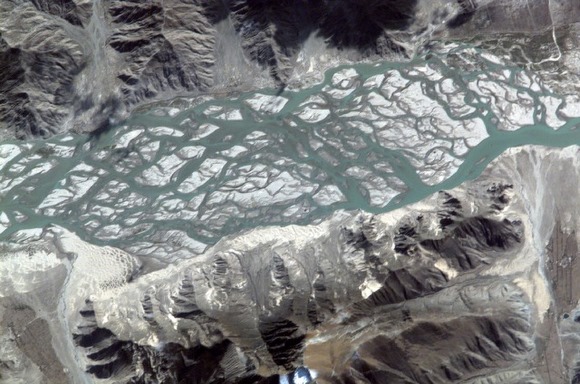[/caption]
A team of astronomers has found what they say is the clearest detection to date of dark energy in the universe. Scientists at the University of Hawaii compared an existing database of galaxies with a map of the cosmic microwave background radiation (CMB), and were able to detect dark energy’s effect on vast cosmic structures such as superclusters of galaxies, where there is a high concentration of galaxies, and supervoids, areas in space with a small number of galaxies. “We were able to image dark energy in action, as it stretches huge supervoids and superclusters of galaxies,†said Dr. István Szapudi said, from U of Hawaii’s Institute for Astronomy.
The discovery in 1998 that the universe was actually speeding up in its expansion was a surprise to astronomers. Dark energy refers to the fact that something must fill the vast reaches of mostly empty space in the Universe in order to be able to make space accelerate in its expansion. Dark energy works against the tendency of gravity to pull galaxies together and so causes the universe’s expansion to speed up.But the nature of dark energy and why it exists is one of the biggest puzzles of modern science.
The team from the University of Hawaii made the discovery by measuring the subtle imprints that superclusters and supervoids leave in microwaves that pass through them. Superclusters and supervoids are the largest structures in the universe.
“When a microwave enters a supercluster, it gains some gravitational energy, and therefore vibrates slightly faster,†explained Szapudi. “Later, as it leaves the supercluster, it should lose exactly the same amount of energy. But if dark energy causes the universe to stretch out at a faster rate, the supercluster flattens out in the half-billion years it takes the microwave to cross it. Thus, the wave gets to keep some of the energy it gained as it entered the supercluster.â€
“Dark energy sort of gives microwaves a memory of where they’ve been recently,†postdoctoral scientist Mark Neyrinck said.
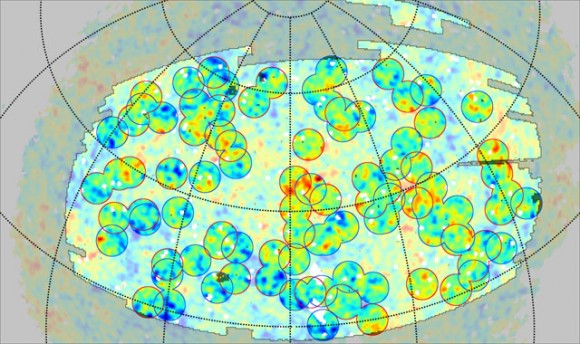
When the team compared galaxies against the CMB, they found that the microwaves were a bit stronger if they had passed through a supercluster, and a bit weaker if they had passed through a supervoid.
“With this method, for the first time we can actually see what supervoids and superclusters do to microwaves passing through them,†said graduate student Benjamin Granett.
The signal is difficult to detect, since ripples in the primordial CMB are larger than the imprints of individual superclusters and supervoids. To extract a signal, the team averaged together patches of the CMB map around the 50 largest supervoids and the 50 largest superclusters that they detected in extremely bright galaxies drawn from the Sloan Digital Sky Survey, a project that mapped the distribution of galaxies over a quarter of the sky.
The astronomers say there is only a one in 200,000 chance that the evidence they detected would occur by chance.
Original News Source: U of Hawaii press release

